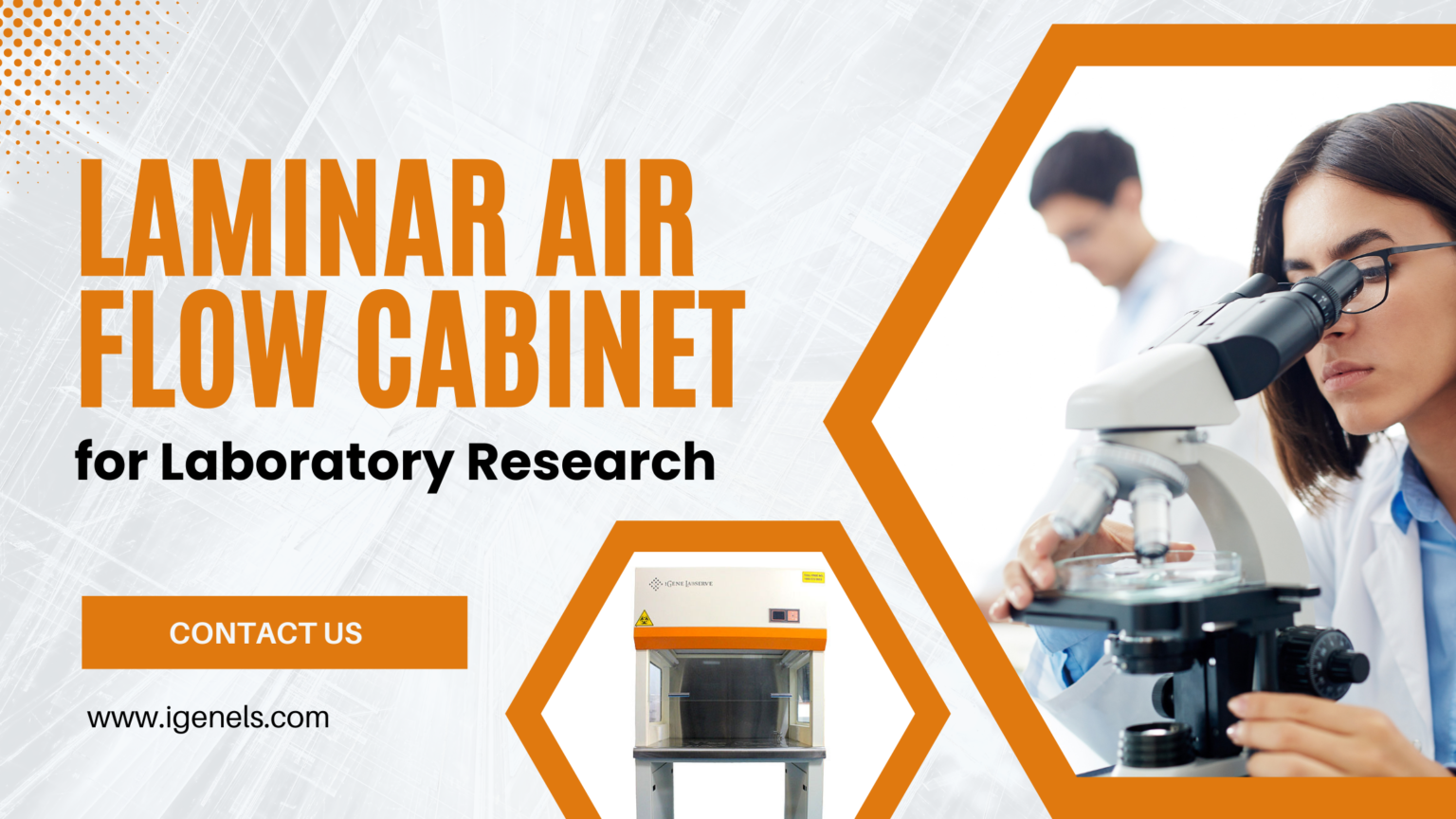


The role of laminar air flow is significant when it comes to maintaining a perfect environment within a cleanroom. With filters placed strategically, it is easier to maintain sterile environments. However, the pattern of airflow can make a big difference. Accordingly, the right choice needs to be made between turbulent and laminar air flow. You need to sort the differences between the airflow patterns to make an informed decision but before that you need to know what cleanroom airflow is all about.
Cleanroom airflow: things to know
Cleanroom airflow refers to the movement of air within a controlled environment needed to maintain cleanliness by removing contaminants, airborne particles, and microbes. The air within the cleanroom undergoes continuous filtration using HEPA or High Efficiency Particulate Air or Ultra Low Penetration Air or ULPA filters and distributed appropriately to reduce the risk of contamination. So, choosing between turbulent and laminar airflow is essential; but it depends on various factors like process sensitivity, the desired cleanliness level, and the operational cost conditions.
Laminar air flow: everything you should know
Laminar air flow is one in which the fluid moves uniformly and smoothly in parallel layers without any hindrances between them. In this type of flow, the velocity and direction remains consistent, and moves in one direction from a clean to a lesser clean area. Here are two types of systems about which you need to know:
In this type of system, air flows horizontally from a filter that is situated at one end of the clean area to the point of extraction on the other end.
In this type of system, air moves in a single direction from a filter situated at the top of the clean area and down to the working area where laboratory personnel might be working. With laminar air flow system, maintaining a controlled and clean environment is easy as it helps repeal contaminants and airborne particles away from work areas and critical processes.
The reason why laminar airflow is preferred over turbulent airflow pattern is that the former leverages the use of HEPA and ULPA filters. With these filters, a higher percentage of particles can be removed from the air, ensuring a controlled and clean environment that is almost always free from contaminants.
Mechanism of laminar air flow in clean rooms
When creating laminar air flow in cleanrooms, here are the most crucial factors to keep in mind:
Air is pushed through ULPA or HEPA filters in a single direction, wither horizontally or downward
A special chamber or space called plenum is present above the ceiling of the cleanroom, which distributes filtered air evenly across the surface of the ceiling.
There should be adequate exhaust grilles or adequate return air paths preset at the lower level of the cleanroom. Through these paths air can be extracted or re-circulated by maintaining a proper balance of airflow, and the buildup of contaminants can be prevented as well.
Make sure that the velocity of the airflow falls within the desirable range, although things can vary based on the class and requirements of cleanrooms.
Sealing the possible penetrations, joints, and openings on the ceiling, walls, and the floor of the cleanroom prevents the entry of unfiltered air and maintains the laminar airflow. Also, electrical outlets, doors, and windows must be checked for potential sources of air leakage.
Turbulent airflow: things to know
Turbulent airflow indicates a multidirectional flow pattern where filtered and clean air moves through diffusers and mixes with room air to lower contamination. The objective of this airflow pattern is to disperse and dilute the particles and not eliminate them completely. Here are the major characteristics you need to know:
So, turbulent airflow is an appropriate choice for cleanrooms or laboratories where the risk of contamination is comparatively lower.
Industries for laminar airflow
Laminar air flow is essential for industries that prioritize contamination control like:
Maintaining a unidirectional airflow helps in minimizing the risk of particles settling on sensitive surfaces.
Industries for turbulent airflow
Turbulent airflow is appropriate for industries where the contamination risk is lower like:
In these industries, the focus is on maintaining cleanliness in the workspace and not on maintaining high standards rigorously.
Understanding the differences between laminar and turbulent airflow is crucial for keeping cleanrooms free from contaminants. Laminar air flow is smooth and consistent and helps in eliminating contamination completely. On the other hand, turbulent airflow can cause particles to move randomly resulting in chances of potential contamination. If you are keen to get a laminar airflow system for your biotechnology laboratory, collaborate with IGene Labserve, the frontrunner of lab equipment manufacturers and suppliers in India. Explore here https://www.igenels.com/ for more information and order the equipment right away.